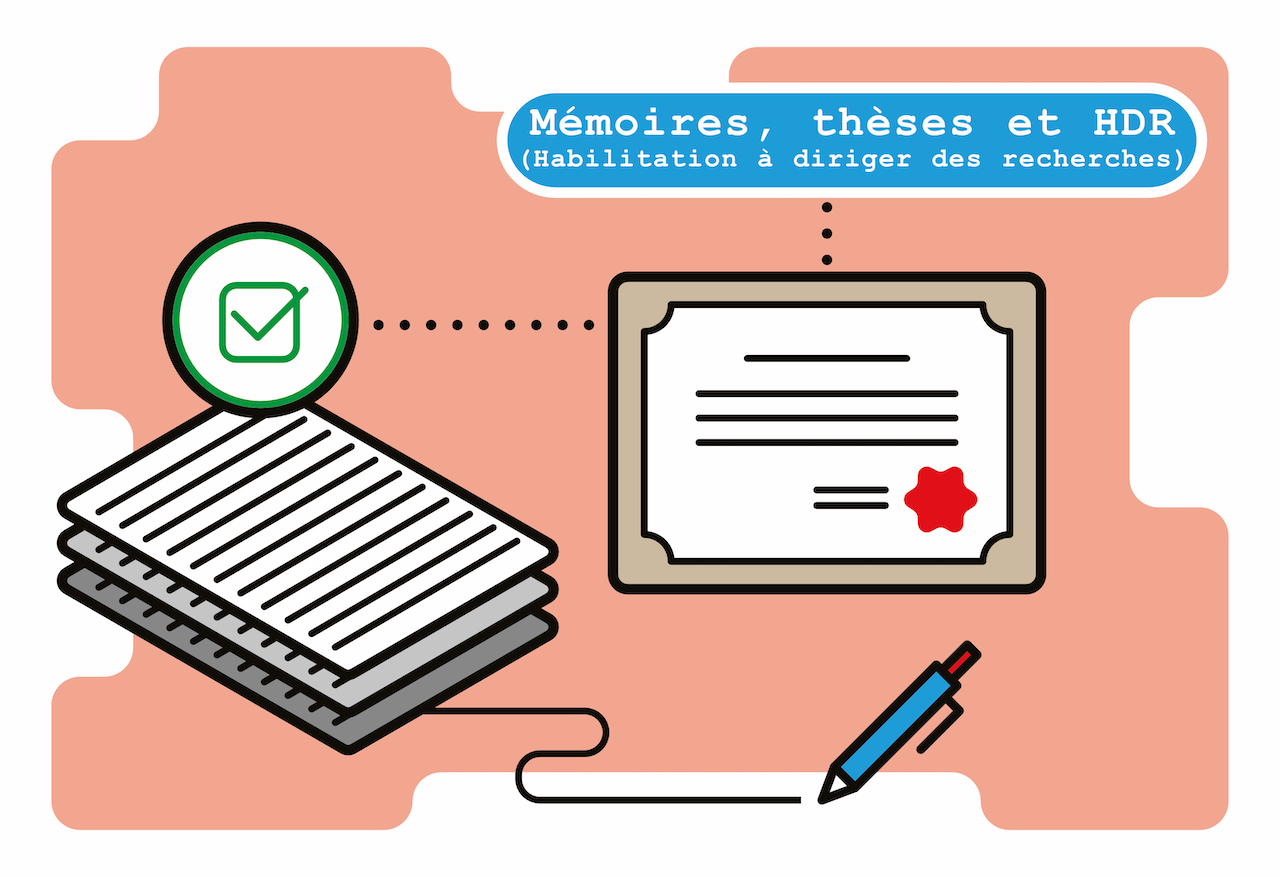The concept of the border in the Rhine valley from 1945 to 1963 La notion de frontière dans le coude rhénan (1945-1963)
Fiche du document
19 octobre 2024
- ISIDORE Id: 10670/1.d3eb3e...
- NNT: 2024STRAG016
- tel: tel-05055667
info:eu-repo/semantics/OpenAccess
Mots-clés
Borders Cross-border cooperation Rhine Rhine Bend Germany Switzerland Alsace Basel Huningue Frontière Coopération transfrontalière Rhin supérieur Coude rhénan Allemagne Suisse Alsace Bâle HuningueSujets proches
Elbow joint French Republic Coopération frontalière Coopération interrégionale frontalière Coopération entre régions frontalières Relations transfrontalières Cubitus République française Royaume de France Royaume de France (987-1791)Citer ce document
Jules Féron, « La notion de frontière dans le coude rhénan (1945-1963) », HAL SHS (Sciences de l’Homme et de la Société), ID : 10670/1.d3eb3e...
Métriques
Partage / Export
Résumé
Avec le crépuscule de la Seconde Guerre mondiale, la France reprend possession de l’Alsace. La frontière se déplace alors à l’Est, sur le Rhin. Dans le coude rhénan, la République française fait désormais face au canton de Bâle (CH) et à la région de Lörrach (DE), administrée, jusqu’en 1955, par la zone française d’occupation (Z.F.O.). Si dans l’immédiat après-guerre, pour des raisons sécuritaires, la frontière se fige, très rapidement la volonté de renouer des contacts avec les peuples voisins est exprimée par les populations rhénanes. D’ailleurs, les premiers échanges se matérialisent par l’aide humanitaire fournie aux Alsaciens et aux Badois, par leurs voisins helvétiques, jouant ainsi le rôle de trait d’union entre ces peuples, jadis qualifiés d’ennemis héréditaires. Dans les prémices de la construction européenne et face au besoin de reconstruction dans des territoires encore dévastés par la guerre, le dépassement de la frontière est alors perçu, par les populations rhénanes, comme la solution garantissant la croissance économique. C’est dans ce cadre que les élus locaux vont jouer un rôle déterminant dans l’élaboration de projets structurants, favorisant de cette manière la coopération transfrontalière. Se limitant d’abord à des échanges économiques, les contacts politiques se multiplient par le biais notamment des jumelages et par la naissance, en 1963, de la Regio Basiliensis, institutionnalisant ainsi la coopération transfrontalière.
